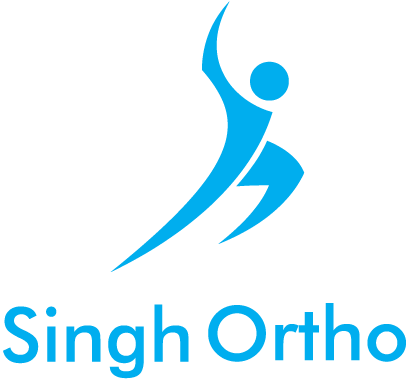Efficacy of Lower Limb Wearables to Assess Recovery Following Total Hip or Knee Arthroplasty: A Systematic Review and Meta-Analysis
The purpose of this review was to assess the use of lower-limb wearable sensors in monitoring total hip arthroplasty (THA) or total knee arthroplasty (TKA) recovery. Outpatient postoperative assessment routinely focuses on patient-reported outcome measures (PROMs), which can be limited by ceiling effects and subjective reporting. Wearable sensors provide objective, real-time, remote data, enabling recovery tracking, rehabilitation protocol adjustments, and patient exercise adherence. Lower-limb sensors are particularly useful, as close proximity allows monitoring of clinical outcomes specific to the affected joint.
Successful management of PJI occurred in about 50% of patients
Results presented at the Musculoskeletal Infection Society Annual Meeting showed successful management of periprosthetic joint infection occurred in a little more than half of cases after total joint arthroplasty.
What Happens to Your Body When You Play Tennis Regularly
Research shows tennis may extend lifespan and improve heart health, bone strength, mobility, and social connection. While injuries, cost, and access can be drawbacks, experts agree that tennis provides broad health benefits.
Short to mid-term outcomes of hip arthroscopy for femoroacetabular impingement and labral tears in patients with diabetes
The purpose of this study is to report outcomes of patients with Diabetes Mellitus (DM) who underwent hip arthroscopy for femoroacetabular impingement (FAI) at short- to mid-term timepoints comparing these results to a control group of non-DM patients.
In-Hospital Exposure and Opioids Prescribed After Total Knee Arthroplasty
Opioids are frequently used intraoperatively and during post-anesthesia care unit (PACU) care in total knee arthroplasty (TKA) cases and are commonly prescribed after surgery despite known adverse effects. This study examined whether in-hospital opioid exposure is related to postoperative opioid prescribing in opioid-naïve TKA patients.
What to know about knee stiffness
A stiff knee is a common complaint, especially among older adults and those who are very physically active. Knee stiffness can occur due to low flexibility or muscular imbalances in the legs, injury, or arthritis. The most suitable treatment for knee stiffness depends on the underlying cause.
How Glenoid Fractures Are TreatedHow Glenoid Fractures Are Treated
A glenoid fracture is a fracture of the socket of the glenohumeral joint. This is the ball-and-socket joint in your shoulder that allows you to rotate your arm or move it up and down and side to side. A glenoid fracture is uncommon and usually only occurs as a result of a high-impact injury.
Tips for healing a sprained ankle fast
Sprained ankles can be very painful, and severe sprains can require months of recovery. However, a person can take several steps at home to help speed their healing and reduce the risk of re-injury.
How small changes in walking technique may help treat knee osteoarthritis
Gait analysis and pain measures show that subtly adjusting the angle of the foot during walking may reduce knee pain caused by osteoarthritis. This approach may also slow progression of the condition, an incurable disease in which the cartilage cushion inside a joint breaks down.
The Femoral Head Edema Zone: A Novel Classification Scheme to Better Predict Osteonecrosis Progression
This study proposed a new classification, the Edema Zone classification, that uses Magnetic Resonance Imaging (MRI) images to grade the extent of edema in osteonecrosis of the femoral head (ONFH). The purpose of the study was 1) to examine how the Edema Zone classification compared to the Japanese Investigation Committee (JIC) classification’s prognostic ability for early conversion to total hip arthroplasty (THA), and 2) to determine how accurately and reliably the Edema Zone classification performed as a classification system.
- left
- right










